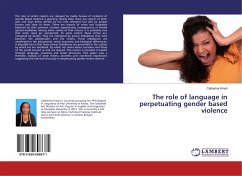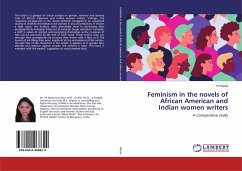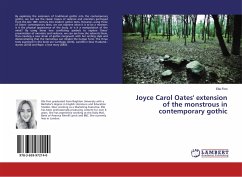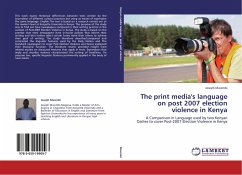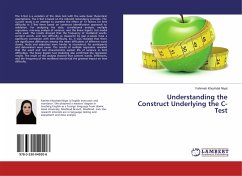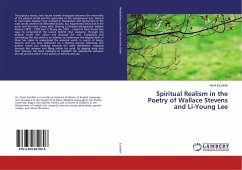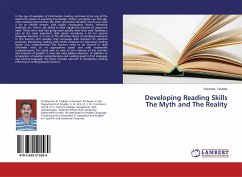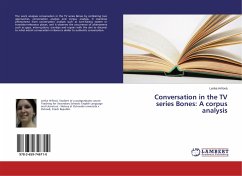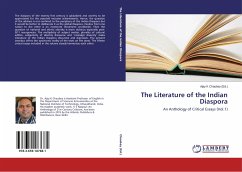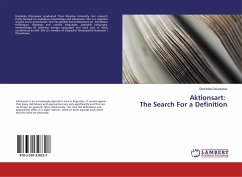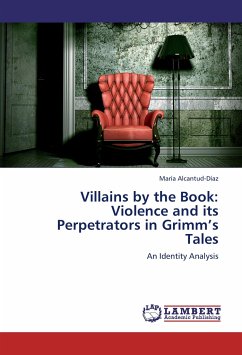
Villains by the Book: Violence and its Perpetrators in Grimm's Tales
An Identity Analysis
Versandkostenfrei!
Versandfertig in 6-10 Tagen
52,99 €
inkl. MwSt.

PAYBACK Punkte
26 °P sammeln!
Jacob and Wilhelm Grimm, two of the benchmark of worldwide literature which concerns not only fairy tales but German grammar too, started to collect fairy tales as part of a philological research project which was intended to preserve German tradition. Then, due to a number of reasons, they aimed their collection at children and it seems that it was impossible to remove the violent content from some of them without changing their whole plots. If all the literature aimed at children which is being published in our current society is classified according to their contents and vocabulary, why do ...
Jacob and Wilhelm Grimm, two of the benchmark of worldwide literature which concerns not only fairy tales but German grammar too, started to collect fairy tales as part of a philological research project which was intended to preserve German tradition. Then, due to a number of reasons, they aimed their collection at children and it seems that it was impossible to remove the violent content from some of them without changing their whole plots. If all the literature aimed at children which is being published in our current society is classified according to their contents and vocabulary, why do we have to reclassify the fairy tales which come from oral tradition (at least in their original versions) as aimed at children? Shouldn t they be kept as they were in their original versions, aimed at adult? How can we decide objectively on the classification of a reading for children? This research tries look for an empirical and objective procedure to detect and revise any controversial topic like the violent content of the Grimm s Collection in case of a possible linguistic intervention, for instance, oral tradition in terms of age.



